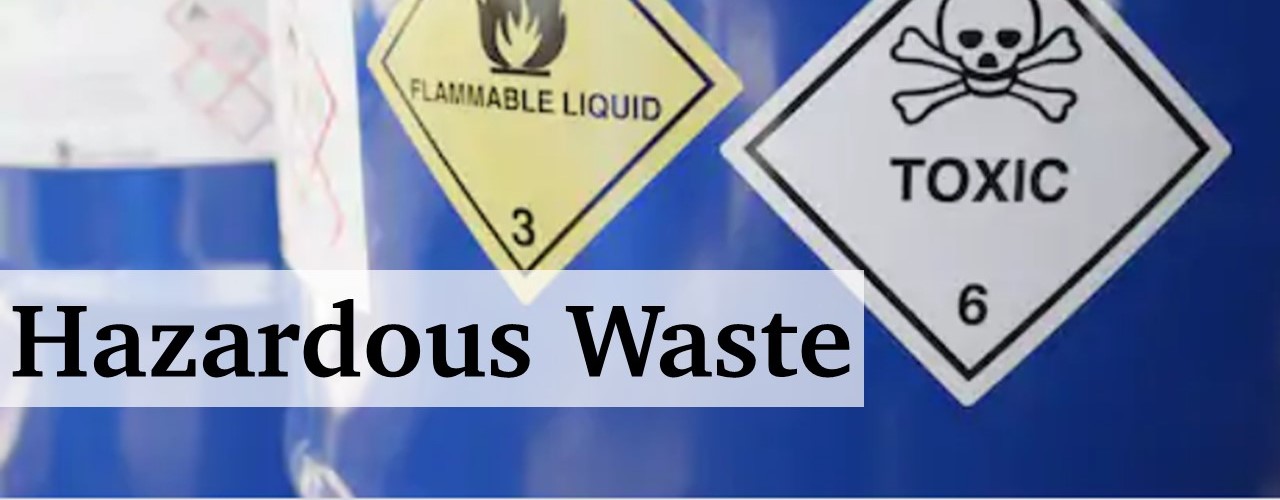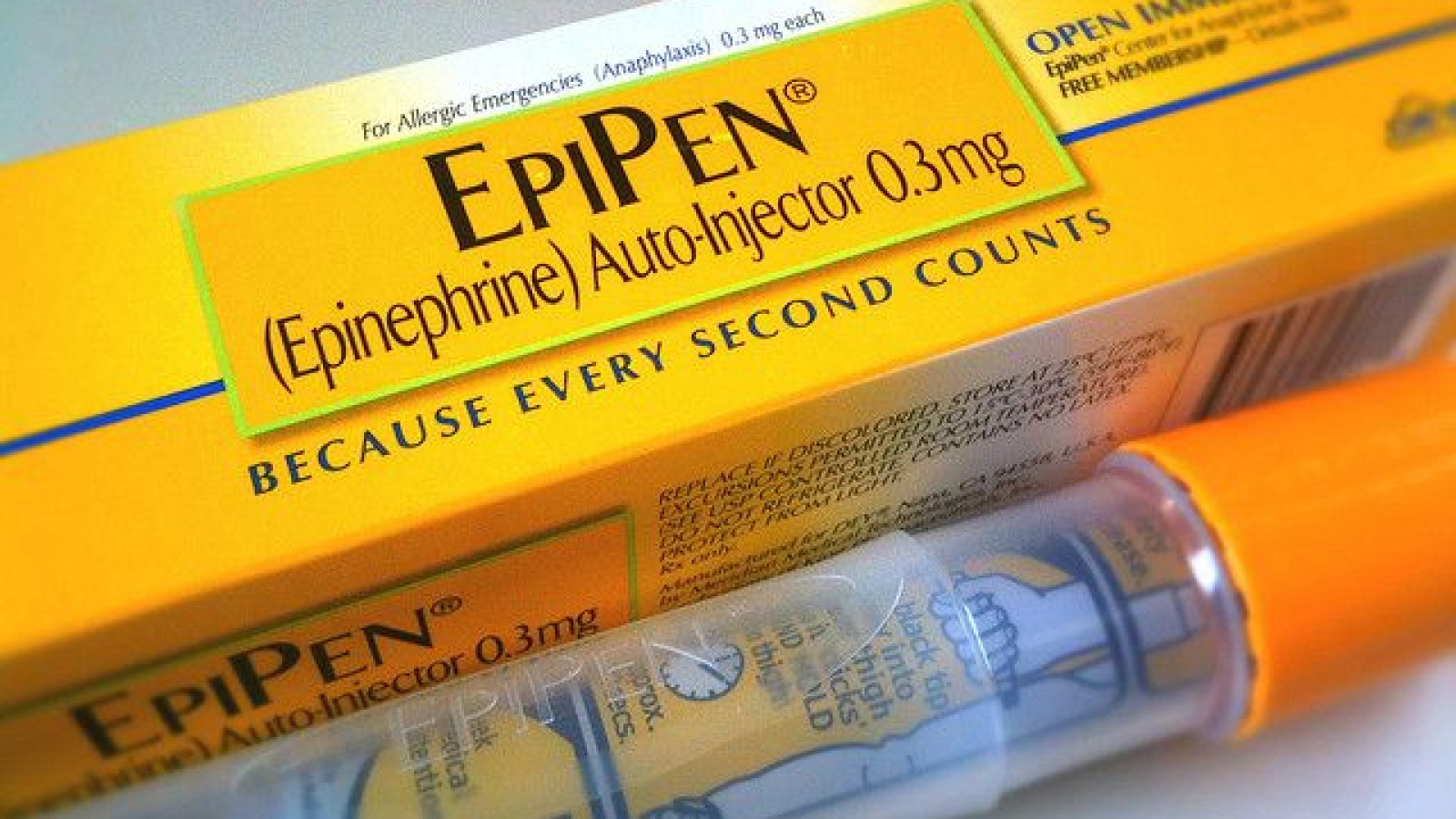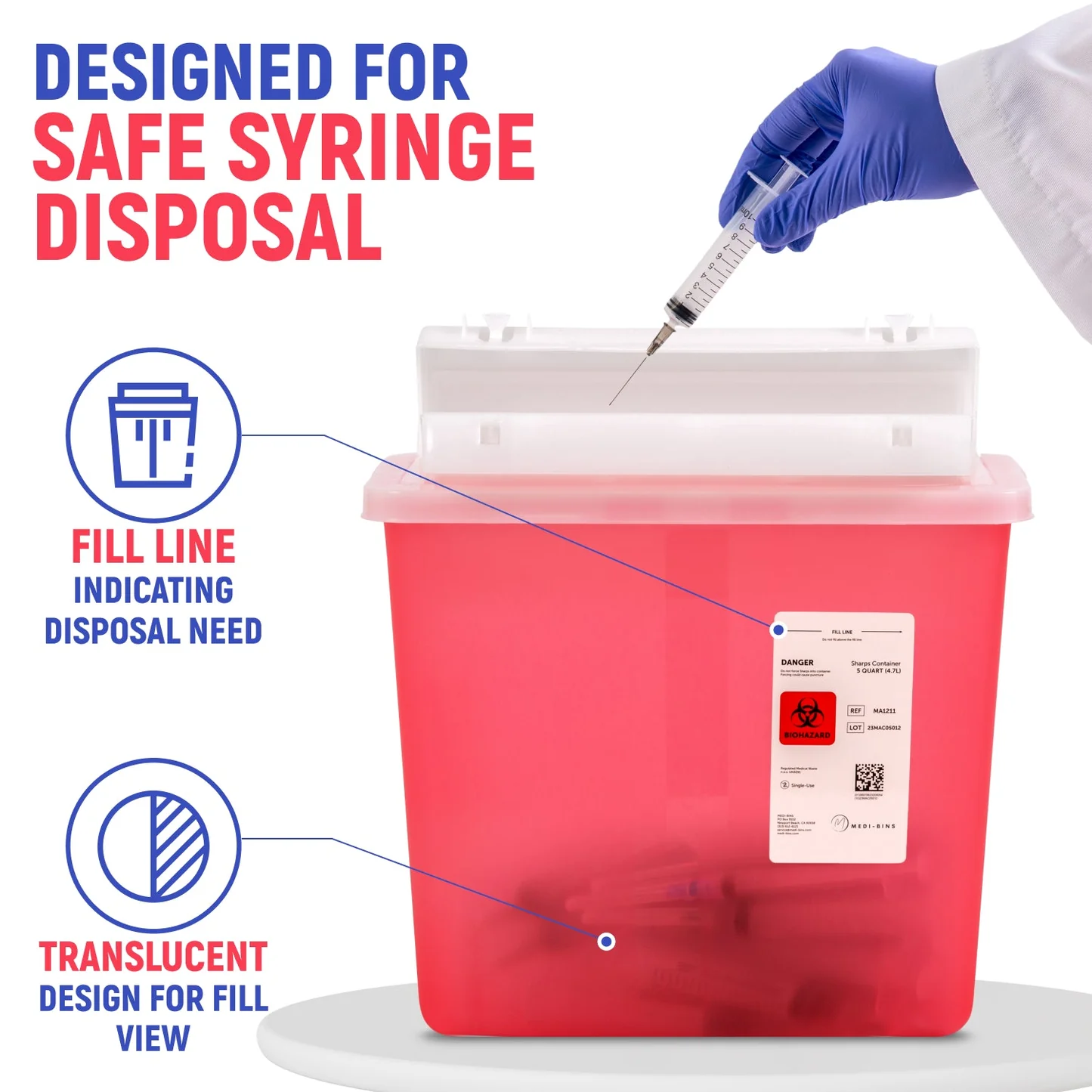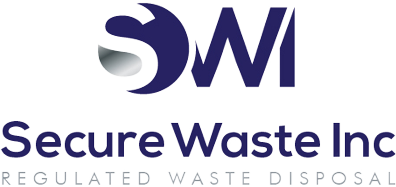Myths About Hazardous Waste Disposal in Healthcare Settings – Solutions From Secure Waste
If you’ve ever walked into a hospital or clinic, you’ve probably noticed signs everywhere: “Biohazard,” “Sharps Only,” or labels on chemical containers. It’s easy to glance at them and assume that everything behind these signs is perfectly safe, strictly regulated, and handled by someone who knows exactly what they’re doing. After all, hospitals are supposed to be places of healing.
However, the truth is that the process of handling and disposing of hazardous waste in healthcare isn’t as straightforward as many people assume. It’s surrounded by misconceptions that can put both staff and the environment at risk.
In this blog, we’ll unmask the most common myths surrounding hazardous waste disposal in healthcare and provide practical guidance for managing it safely, responsibly, and effectively.
| Here’s the Main Bit
Healthcare hazardous waste is often misunderstood; most of it isn’t inherently dangerous, but mismanagement can lead to infections, chemical exposure, and regulatory penalties. Proper disposal requires understanding state-specific rules, maintaining a “cradle-to-grave” responsibility, and utilizing safe treatment methods beyond incineration. All healthcare facilities, whether large or small, must adhere to these practices to protect staff, patients, and the environment. |
Myth 1: Is all medical waste “hazardous”?
Many people assume that everything produced by a hospital or clinic, from bandages to lab samples, is hazardous. In reality, only a small fraction of healthcare waste is considered truly dangerous. According to the World Health Organization, approximately 85% of healthcare waste is non-hazardous, while only 15% is classified as infectious, chemical, or radioactive.
Proper hazardous waste management focuses on identifying and segregating that smaller, higher-risk portion of waste, ensuring that infection control, chemical safety, and environmental compliance are maintained. Additionally, misidentifying non-hazardous waste as hazardous can create inefficiencies, increased disposal fees, and unnecessary logistical burdens for healthcare facilities.
Myth 2: Hazardous waste laws are the same everywhere in the U.S., so I don’t need to worry about state rules
It’s a common misconception that federal EPA guidelines provide a one-size-fits-all standard for managing medical waste. While the EPA sets broad federal guidance, the actual regulation and enforcement of medical waste is primarily handled at the state level. After the Medical Waste Tracking Act expired in 1991, most regulatory authority shifted to individual states.
This means that what counts as regulated medical waste (RMW), how it must be stored, transported, treated, and documented, can vary significantly depending on the state. For instance, some states include certain pharmaceuticals or chemotherapy drugs in the regulated waste category, while others have established separate disposal protocols.
Adhering to these state-specific regulations is a crucial component of effective medical waste management, ensuring that facilities maintain both legal and operational integrity. Non-compliance, even if the facility follows federal guidelines, can result in fines, enforcement actions, and reputational damage.
Myth 3: Once I hand over medical waste to a disposal company, am I no longer liable?
Actually, you still bear responsibility. U.S. hazardous waste law operates on a “cradle-to-grave” principle, meaning the generating facility is accountable for the hazardous waste removal from the moment it is produced until its ultimate disposal.
Even after a certified medical waste service collects and transports the waste, the originating facility must maintain proper documentation to ensure compliance with regulations. This includes records of pickup, transportation, treatment, and disposal. Without such records, healthcare facilities risk being held liable for improper handling or disposal by the waste service provider.
Myth 4: Incineration is the only safe method to dispose of medical waste
There are many alternatives to hazardous waste disposal that are safer and more sustainable. The EPA approves several non-incineration methods for treating infectious and hazardous waste, including autoclaving (steam sterilization), microwave technologies, and chemical mechanical treatment.
Incineration can produce emissions such as dioxins, furans, and particulate matter, which have prompted stricter regulatory controls. Non-incineration methods are effective at sterilizing infectious waste, deactivating pathogens, and rendering hazardous drugs or chemicals safer for disposal. By diversifying disposal technologies, healthcare facilities can maintain safety, comply with regulations, and minimize environmental impact, all while ensuring efficient management of hazardous waste.
Myth 5: Hazardous waste only means bio-infectious materials (like blood or needles)
Not at all. While sharps, blood, and other infectious materials are a well-known form of hazardous waste, the category also includes chemotherapy drugs, antibiotics, and other toxic medications. The scope of dangerous waste also includes chemical reagents, laboratory solvents, and other poisonous byproducts and their residue generated during healthcare processes.
Recognizing the full range of hazardous materials produced in healthcare settings is essential for designing comprehensive and compliant waste management programs.
Case Study: Hazardous Drug Exposure in a U.S. Hospital (NIOSH/CDC)In 2017, a 41-year-old oncology patient care assistant developed an itchy rash twice, each time about an hour after emptying urine from patients who had recently received chemotherapy drugs (vincristine and doxorubicin). She wore PPE, had no direct contact with the urine, and followed hospital disposal procedures. An investigation revealed that the likely cause was the presence of aerosolized chemotherapy residues in the urine, rather than infectious materials. This incident demonstrates that hazardous waste also encompasses toxic drug residues and chemical byproducts, in addition to blood, sharps, and biohazardous waste. |
Myth 6: Only big hospitals need to worry about regulated medical waste – small clinics or labs don’t pose much risk
Small healthcare facilities, dental offices, outpatient labs, and specialty clinics generate regulated medical waste just like large hospitals. The volume may be smaller, but the risks are identical. Every healthcare facility must implement proper procedures for segregating hazardous and non-hazardous waste, ensuring safe storage, and arranging pickup with certified medical waste services.
Finishing Thoughts
Now that we’ve busted these common myths, handling hazardous waste doesn’t have to feel complicated. Understanding these facts makes it easier to manage waste smartly and confidently, allowing everyone to focus on what truly matters: quality care.
If you’re looking for reliable medical waste management in Maryland, Secure Waste delivers end-to-end, safety-driven solutions, from regulated medical waste to pharmaceutical-related hazardous waste. We don’t just collect; we protect your staff, your facility, and your compliance.
You can request a free, no-hassle quote to get the hazardous waste disposal service you can trust.
FAQs
How should healthcare facilities store hazardous waste before disposal?
Waste should be stored in designated, clearly labeled containers with secure lids. Infectious waste must be separated from non-hazardous items, and chemical or pharmaceutical waste must follow manufacturer and regulatory storage guidelines to prevent spills, leaks, or chemical reactions.
How can a healthcare facility ensure the responsible disposal of hazardous waste?
A reputable hazardous waste removal partner will provide “cradle-to-grave” tracking, documenting everything from the generation of waste to its final treatment or disposal. This helps with compliance and legal protection.
What training is required for staff handling hazardous waste?
Healthcare staff must receive training on the safe handling, segregation, storage, and labeling of hazardous waste for proper disposal, as well as the correct use of personal protective equipment (PPE). OSHA and state-specific guidelines define minimum training requirements.
How often should hazardous waste be collected?
Collection frequency depends on state regulations, facility size, and the type of waste being collected. Many facilities arrange for pickups on a weekly or as-needed basis to prevent overflow and minimize exposure risks. Working with a certified medical waste removal service ensures proper timing and adherence to compliance regulations.

Expert Medical Waste Management: With over 25 years of industry experience, Secure Waste is a trusted local leader in hazardous and biohazardous waste disposal across Maryland, Virginia, and Washington, D.C. Specializing in medical waste management, sharps needle disposal, and biohazard waste removal, the company ensures full compliance with federal, state, and local regulations while prioritizing environmental sustainability.
The company also offers additional services, including secure document shredding and sharps container sales, providing comprehensive solutions for healthcare facilities and businesses. Our cost-effective services help clients maintain regulatory compliance without unexpected costs.
With a commitment to customer satisfaction, Secure Waste offers tailored waste management plans that align with industry best practices. Their team of experts provides reliable, timely, and compliant services, making them the preferred choice for medical waste disposal. For a free waste quote or more information, visit www.securewaste.net






